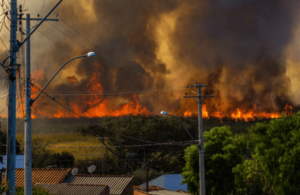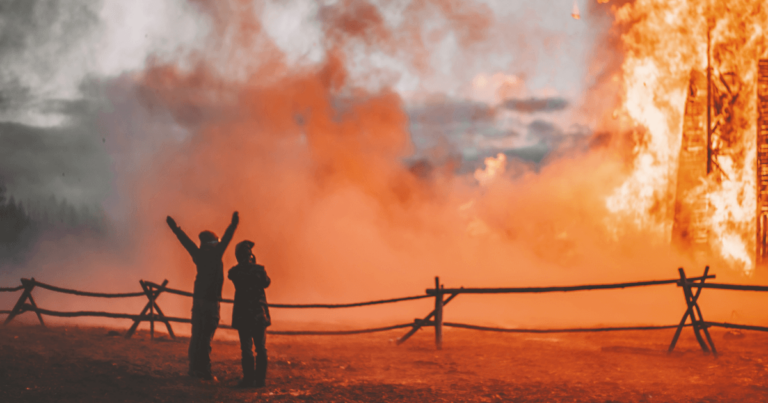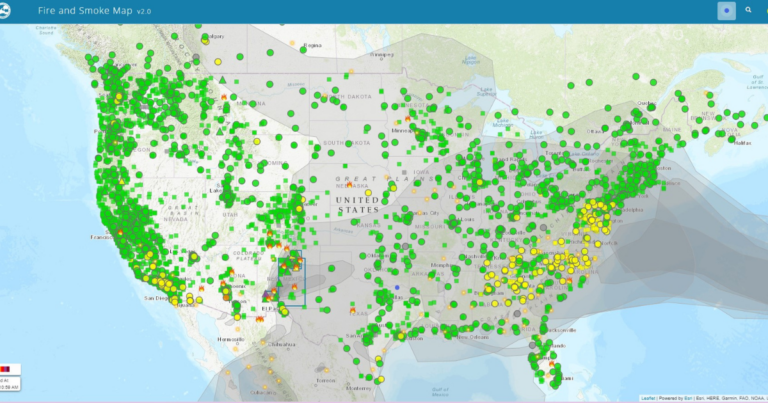A wildfire is a fire that is, well, wild. It burns out of control in areas like forests, prairies, and other outdoor areas where fuel like trees and grass is abundant. These fires can move fast, and nowadays wildfire season is year-round and happens all over the country. So no matter where you live, you need to know how to know wildfire safety.
As a former volunteer firefighter, I have fought many wildfires hands-on, so I know a little something about staying safe. Here’s what you need to know.






